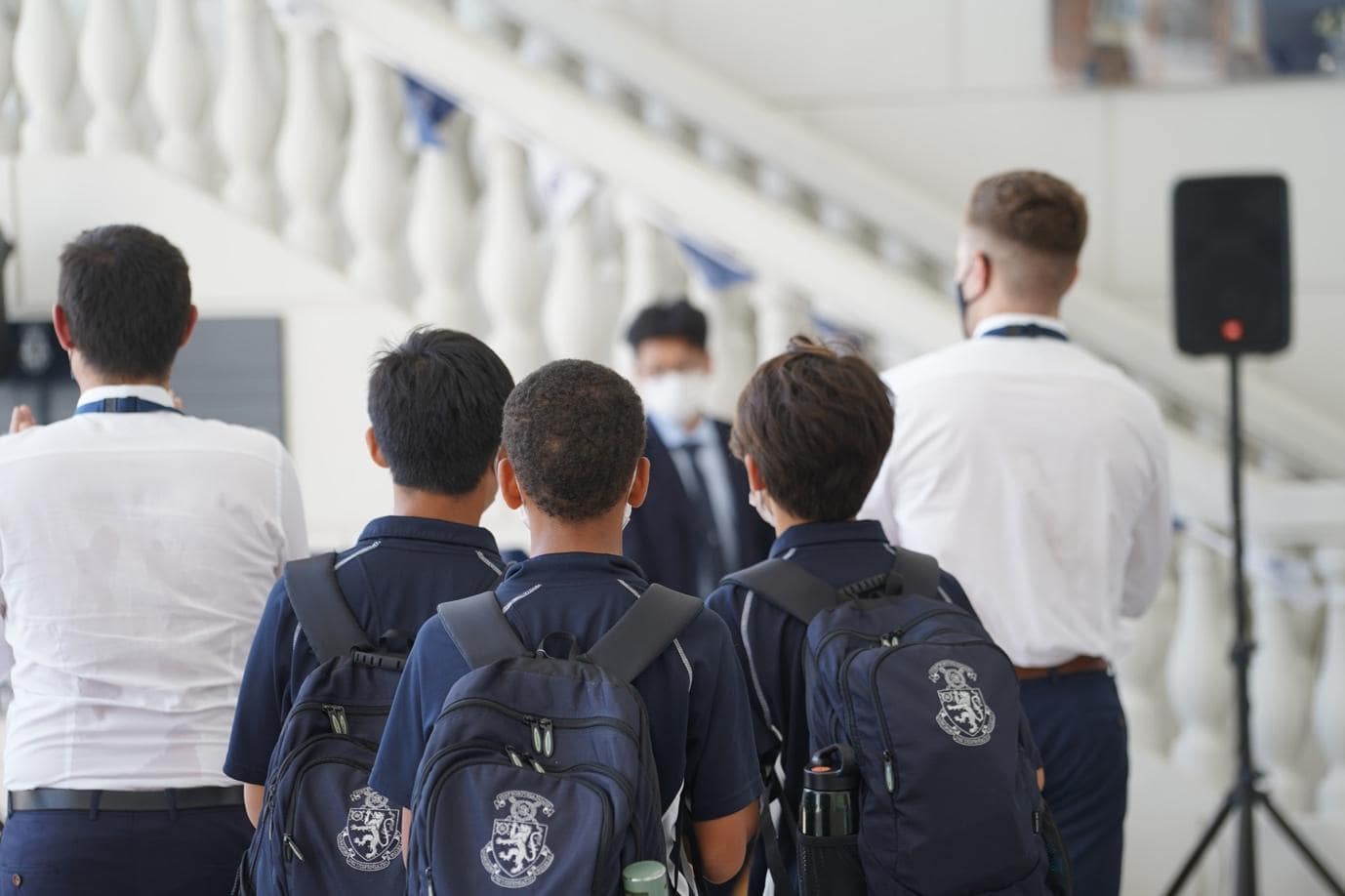
With the second half of the school year just starting, it is necessary to ensure that kids are well-prepared to resume learning. More so if they are returning to in-person learning after a long hiatus, or if they are just beginning school now. There is sure to be much excitement and eagerness to reconnect with old friends, but parents and teachers need to play their part in ensuring things get started on the right foot. Here are some of our top tips.
As A Parent
1. Visit the school
For those with children that are starting school, it helps to give them a chance to familiarise themselves with what will become an important environment they will be immersed early on. If there is an open house or back-to-school event, this is a good opportunity to tour the campus with your child. Let them get to see where their classroom will be, dining hall, playing fields and so on. If there is a chance for them to meet with their teacher, this will also help to put them at ease.
2. Re-establish routines
Holidays often mean relaxing the rules so your child can enjoy their downtime more. However, going back to school dictates that you will need to reinstate their school schedule routine. The sooner you do this before school starts the better. Ensure that they go back to having meals, going to bed, and waking up at the times that are appropriate for their normal school-going routine. This will help cut down on frustrations and tantrums from having to readjust.
Be sure to also adjust your own schedule to ensure you can adequately accommodate their needs at this time, like preparing their school lunches, getting their uniforms ready, and having to drop them off at school on time.
3. Set up a homework station
If your child does not already have a dedicated workstation for homework, prep for it now. You can even use your breakfast table in the kitchen which will allow you to supervise and help as needed as you prepare dinner. Get some desk caddies or baskets you can use to store study supplies and keep things organised. Try to make it a technology-free area where your kids can focus on schoolwork without being distracted.
4. Choose bedtime stories about going to school
This can be very helpful in helping shift your child’s mindset towards looking forward to returning to school. Choose stories that have a positive outcome and will help instil confidence and enthusiasm about school.
This can also provide an opportunity to discuss your child’s feelings about returning to school and seeing their teacher and friends again. You can gauge your child’s feelings and figure out if there are any concerns such as struggling with learning or bullying. Whatever mixed emotions your child might be having about going back to school, try to be positive and affirming.
5. Shop for school supplies together
Taking your child along when shopping for their school supplies is a great way to build up excitement. Besides whatever is required by the school, you can also pick out new books to help with their reading routine at home. Ensuring you adhere to any school rules regarding this, allow your child to pick out their own new backpack and stationery.
As A Teacher
1. Come up with classroom rules
The first few days back in school can be a bit chaotic but you need to quickly set about formulating classroom rules that will guide student behaviour. Get the children involved by discussing how they think they should act when it comes to different issues like answering questions from the teacher, asking permission to use the bathroom, how to respond when the bell goes off, and so on.
Try to be as flexible as is reasonable when setting rules to accommodate different learning needs in your classroom. While you will encourage their contribution in setting these rules, remember that as the teacher you have veto powers and thus the final say.
Once you are all in agreement, you can write down all the rules clearly on a poster, read them out loud and ensure everyone understands before having all the kids sign it. This act is a show of commitment and gives students a sense of ownership of the rules. It should help in maintaining discipline.
2. Set learning goals
Having learning goals can help students become more focused on their studies and provide motivation and accountability. Discuss with your students what goals they want to achieve by the end of the year. This helps to personalise the learning experience for them and will allow them to take more responsibility in ensuring those outcomes.
3. Foster inclusivity
Children that attend an International School in Hong Kong will often find themselves amongst a multicultural student body and learning under a diverse faculty. There are also sure to be other differences such as learning needs that need to be accounted for. These differences should however not be reasons to separate or discriminate. A good way to foster inclusivity and understanding amongst students is to discuss their differences and commonalities.
You can take them through the “How are we the same” activity whereby kids are paired off randomly and draw two overlapping circles on a large piece of paper. They should chat to get to know each other for some time, filling in aspects they share in the overlapping section and how they differ on their own side of the individual circles. It is a great way to allow kids to get to know each other, find common ground, and what makes each one unique.
4. Re-establish routine
Just like parents at home, teachers also need to re-establish school routines that will give structure and encourage safer learning. With solid routines you can better manage the fluctuating energy levels your students will display throughout the day, ensuring you can organise learning to match.
It can also help in getting students to adapt to the different activities that will be on their schedule and have them keep pace. Knowing what they should be doing at any given time will help your students feel more in control and content.
